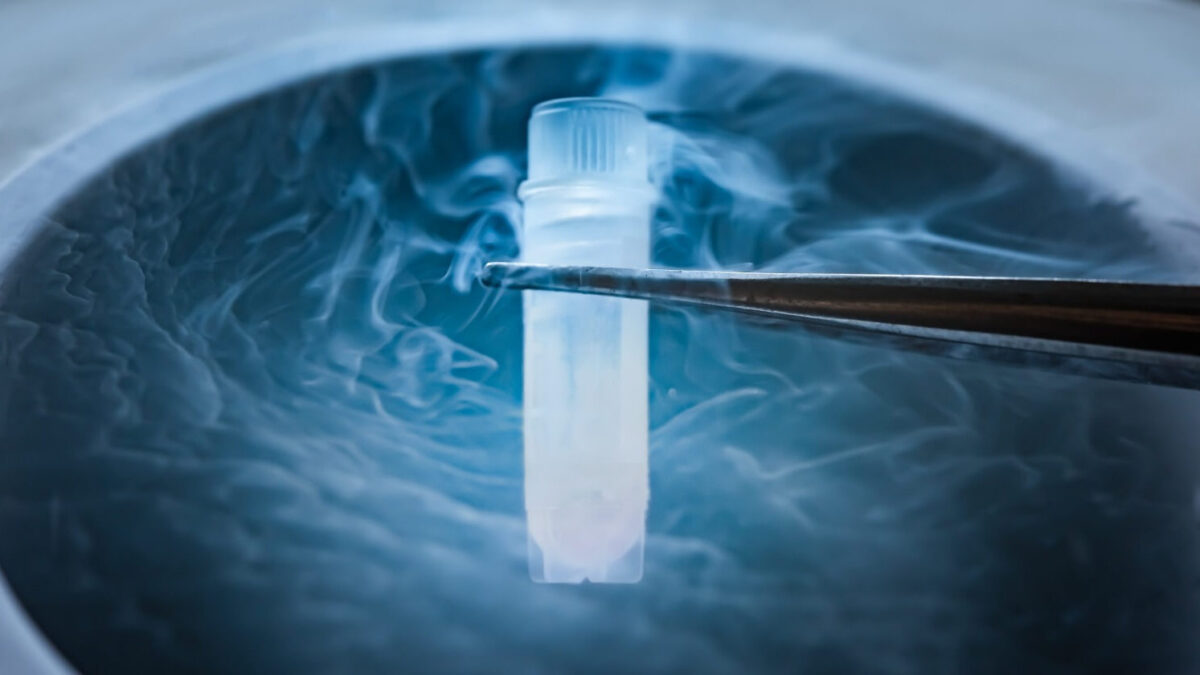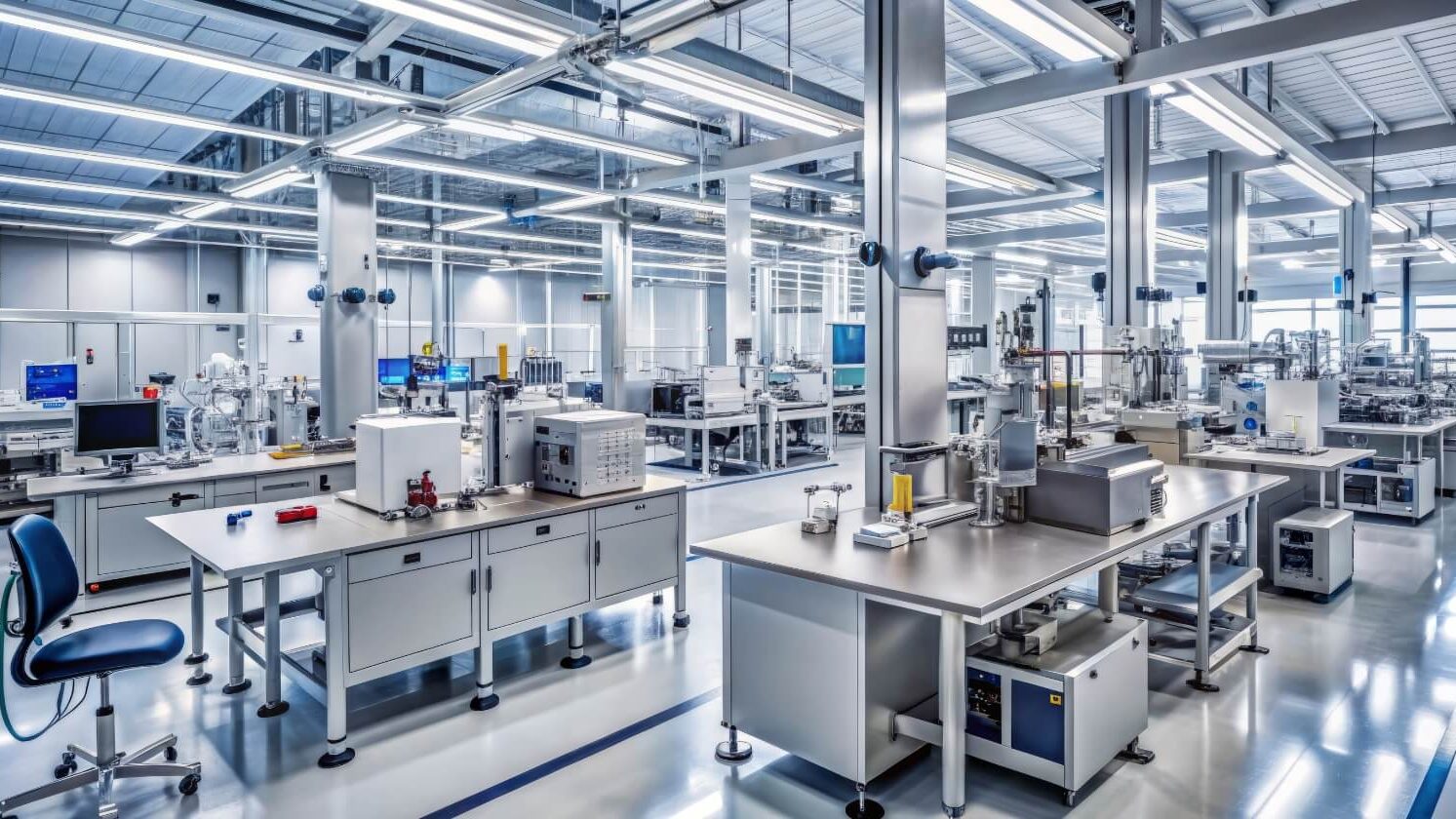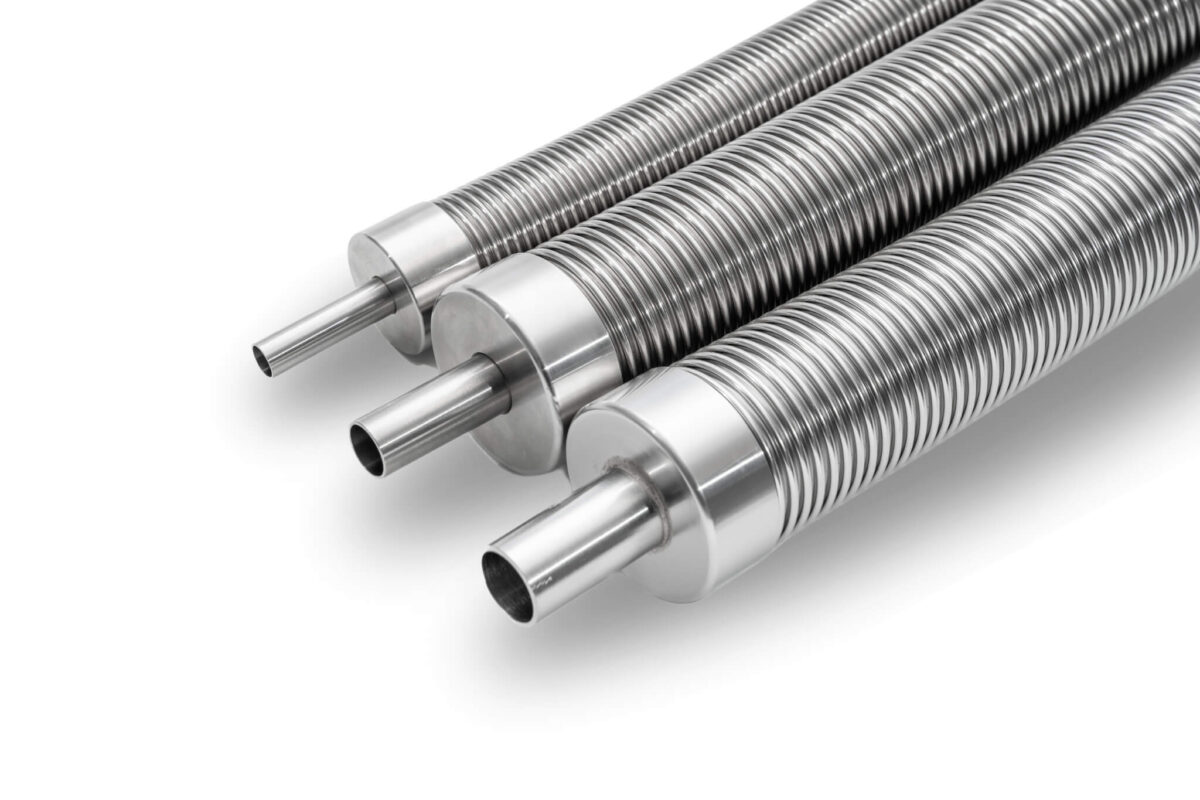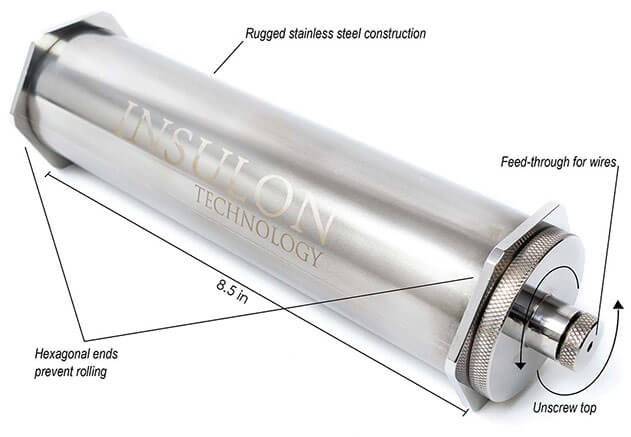High-density MLI integrates with Insulon vacuum insulation for unparalleled thermal protection in extreme environments
- Proprietary multi-layer insulation developed by Concept Group engineers
- Integrated into Insulon vacuum insulated products
- Minimizes radiation heat transfer for maximum insulation performance
- Engineered for applications from -270 to 815+ Celsius
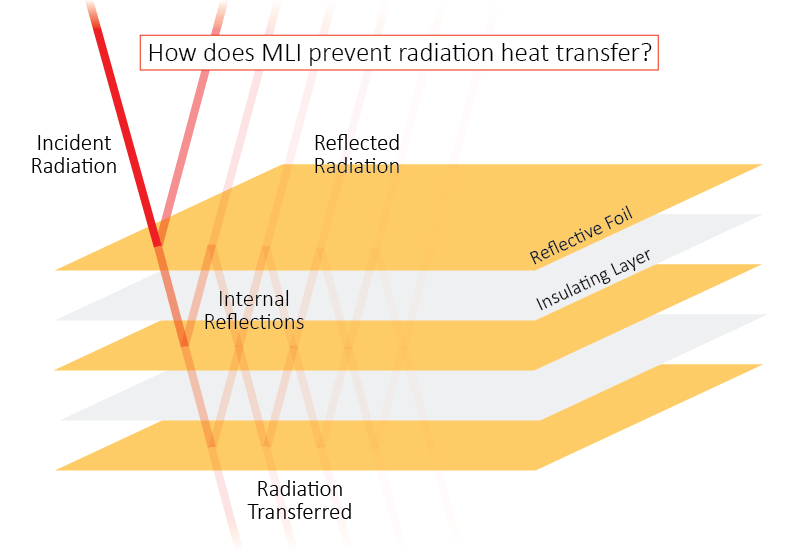
What is MLI?
MLI is a thermal insulation material that reduces radiation heat transfer. As the name suggests, MLI consists of multiple layers of reflective material. These layers reflect radiant heat away from the protected area. The more layers included in the MLI package, the more radiation will be reduced. Concept Group uses a proprietary, high-density type of MLI that packs up to 18 layers per inch.
How does MLI work?
Multi-layer insulation is most effective when contained within a vacuum environment. Otherwise, conduction heat begins to transfer from layer to layer. Vacuum insulated products that include MLI are able to block all three types of heat transfer — convection, conduction, and radiation — thereby resulting in maximum thermal insulation performance. Concept Group’s MLI packages operate in extreme cold and hot applications.
Integration with Insulon vacuum insulation

Overview of Insulon technology
Insulon vacuum insulation is engineered for cryogenic, cold, and high temperature applications from -270 to 815+ Celsius. Insulon is uniquely suited to low profile applications. Unlike traditional vacuum insulation, Insulon never requires pump-down maintenance. Available in custom geometries as well as standard products such as Insulon Hose with MLI.
Enhancing MLI performance
MLI is most effective when contained inside a vacuum insulated structure. (This does not apply to outer space applications where a natural vacuum is present.) By combining high-density MLI with advanced Insulon vacuum insulation, Concept Group produces ultra-high performance thermal insulation components for the most demanding applications.
Proprietary Technology
Concept Group integrates proprietary MLI into Insulon vacuum spaces for uniquely high performing thermal insulation components.
Temperature range
Stainless steel Insulon vacuum insulation with MLI can be engineered for applications from -270 to 815 Celsius. For higher temperature applications, Inconel or other alloys can be used.
Layer density
Concept Group’s proprietary, high-density MLI packs up to 18 layers per inch. The higher density enables Concept Group’s MLI to minimize radiation heat transfer across a given thickness.
Thermal performance
Combining Insulon vacuum insulation with MLI delivers maximum thermal insulation performance in the most demanding applications and extreme environments.
Applications
Minimizing energy loss/gain in fluid transfer applications
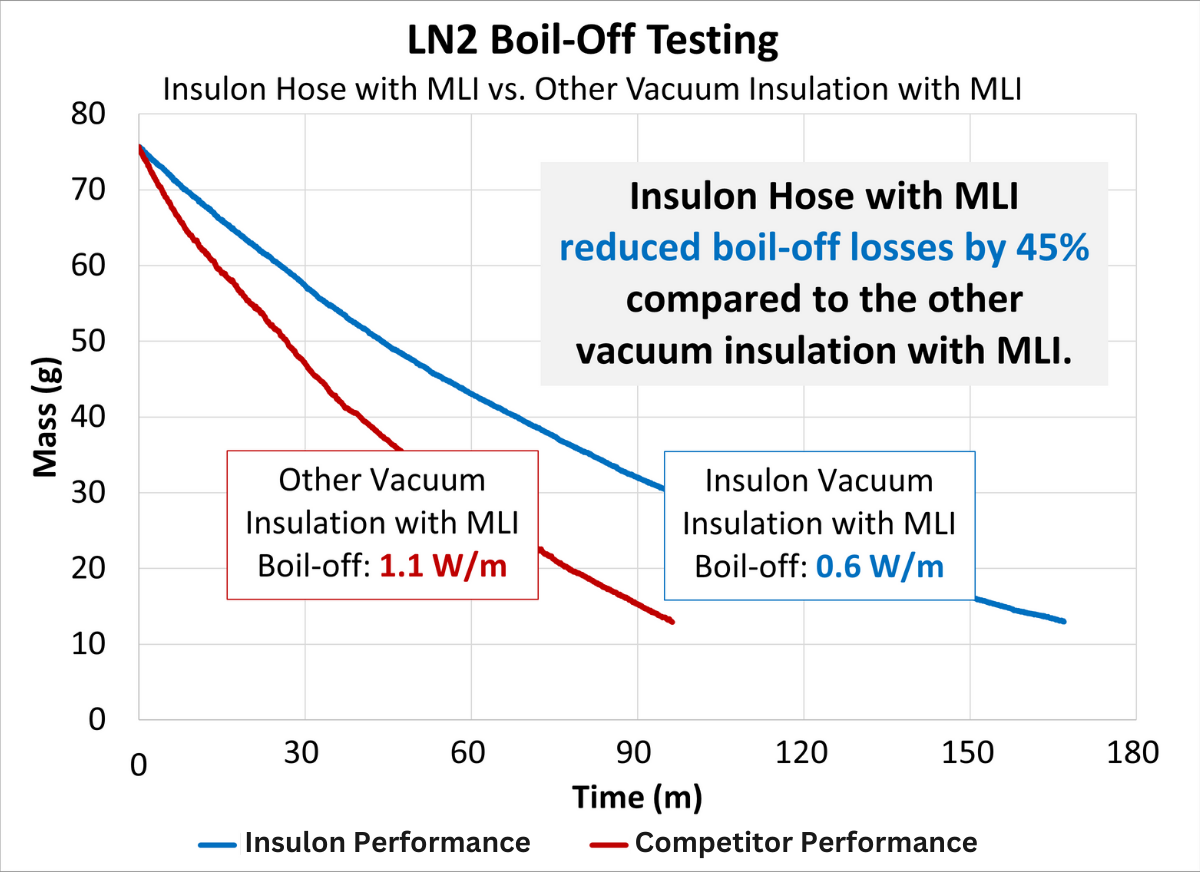
Minimizing energy loss or gain is critial for sensitive applications including liquid nitrogen (LN2) and other fluid transfer systems.
When compared to a competitor’s vacuum jacketed hose (which also includes a type of multi-layer insulation), Insulon hose with MLI reduced boil-off losses by 45%.
The LN2 boil-off rate for the competitor’s hose was 1.1 W/m.
The LN2 boil-off rate for Insulon hose with MLI was 0.6 W/m.
Setup: Two 1/2″ ID x 6′ L vacuum jacketed hoses are bent 180° into a “U” configuration. Both ends of each hose assembly are fixtured onto a load-cell. The hoses are filled with LN2. A DAQ system pulls data from both load cells to plot the mass loss of LN2 with respect to time.

